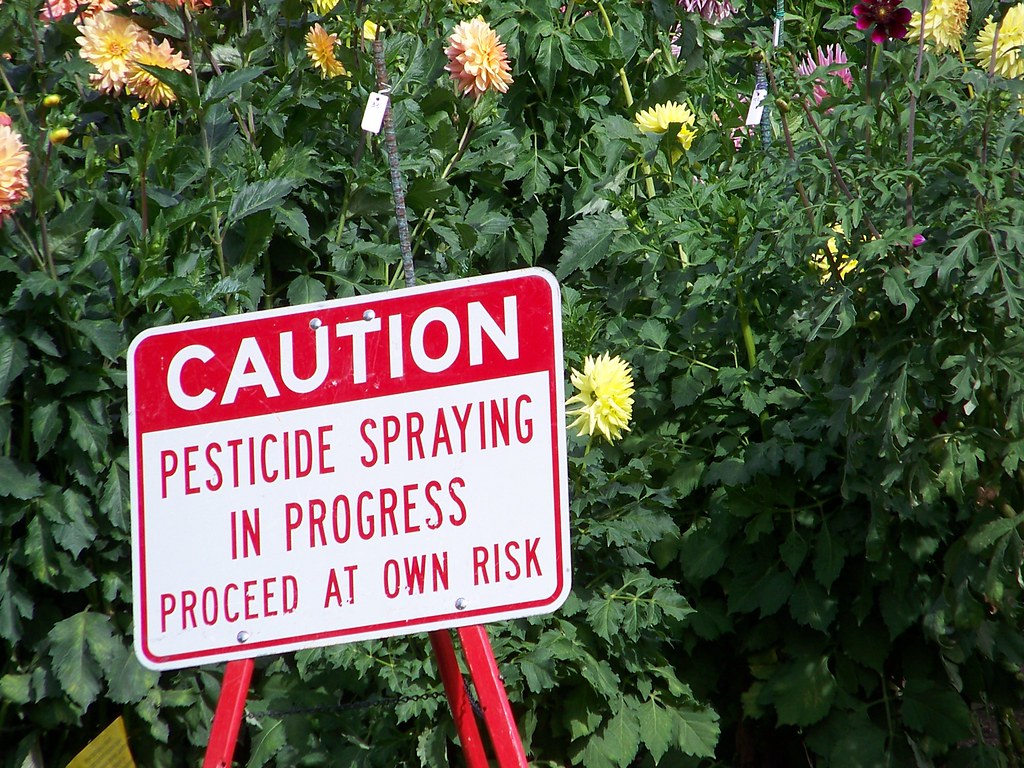New research suggests that widely used agricultural pesticides, particularly those used in grape growing, may be far more persistent in the atmosphere than current regulations account for.
Current European pesticide regulations only assess the gas-phase half-lives of pesticide molecules. If this half-life is more than two days, it is classified as a persistent organic pollutant (POP).
However, many pesticides are semi-volatile, meaning they can attach to airborne particles like dust or organic matter, moving from gas-phase to a particulate phase, in which the molecules degrade more slowly, meaning they can travel further from the site of application.
Led by Dr. Samia Boulos, a team from Aix-Marseille University and CNRS in France focused on nine commonly used pesticides in viticulture.
In a series of laboratory simulations, the team found that all nine pesticides had atmospheric half-lives longer than the two-day threshold set by the Stockholm Convention, the international agreement that governs persistent organic pollutants.
The longest-lasting, Folpet, had a half-life exceeding a month, while the shortest-lived, Cyprodinil, still remained in the air for three days.
Boulos Samia says: ‘These pesticides are used in huge quantities across Europe and our research shows limited understanding about how they endure in the lower atmosphere.
‘In the past they have been studied in their gas phase, and this is how EU regulations are set. Yet our research shows they are far less reactive in their particulate phase, meaning that they degrade more slowly.
‘Because of this, they should be considered as persistent organic compounds with potential for long-range transport, and that the models used to test their safety do not go far enough.’
The research also uncovered previously unidentified breakdown products – molecules that form when pesticides degrade in the atmosphere. Some of these products are not currently assessed under existing safety frameworks and may be just as harmful, or more so, than the original compounds.
The team also tested how temperature and humidity influence how pesticides move between gas and particle phases. Their findings show that current atmospheric models may underestimate the persistence and spread of these chemicals under real-world conditions.
Global pesticide use has doubled since 1990, according to the UN Food and Agriculture Organisation, prompting the team to suggest that if these compounds persist longer in the air than previously assumed, exposure risks may be more widespread and chronic, even for populations far from farms.
Boulos Samia said: ‘Together these experiments suggest that pesticides used in agriculture need updated regulatory frameworks that take into account their particulate phase behaviour in the atmosphere.’


















Hi Paul – do you have a reference for this work, please?
Hi Rob, this is he best I can find: Here you go